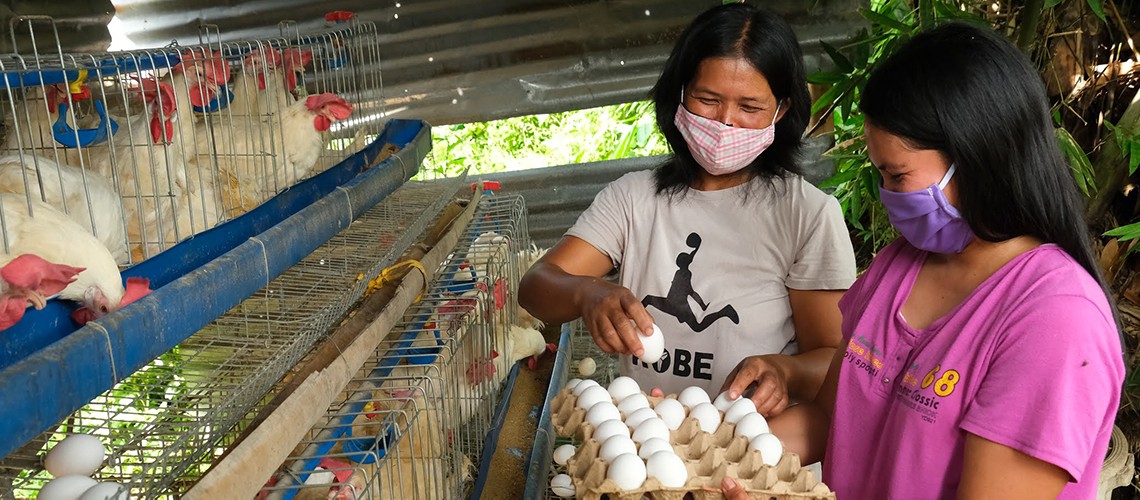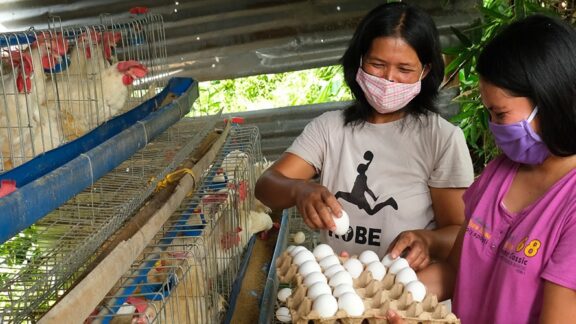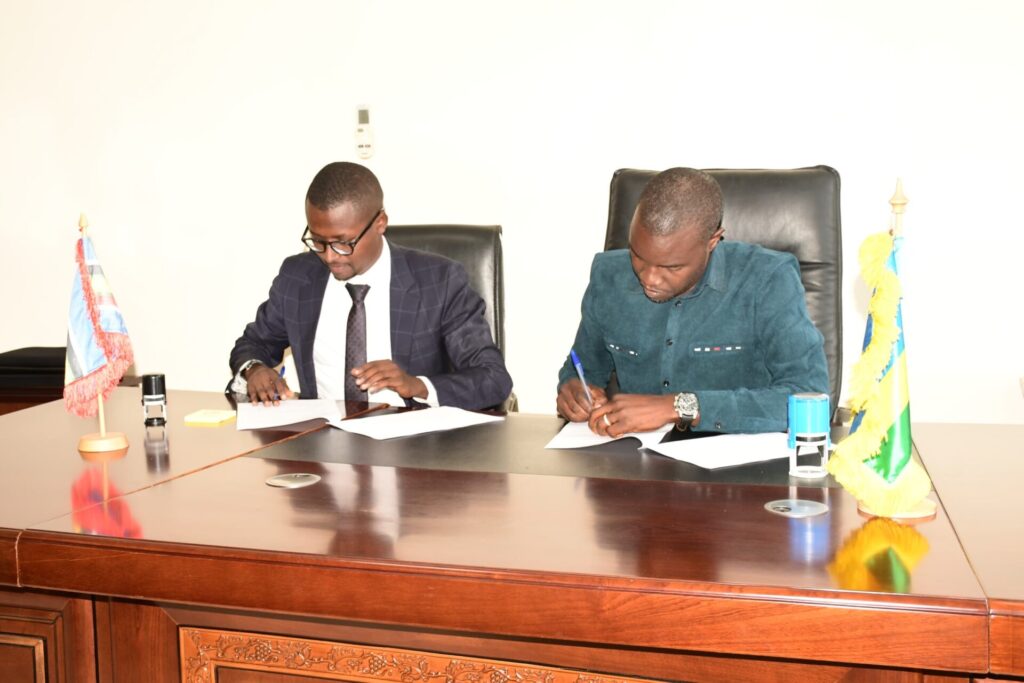By Hana Brixi | Manager of the Human Capital Project at the World Bank & Lindsay Coates | Managing Director, BRAC Ultra-Poor Graduation Initiative
This article originally appeared on the World Bank’s blog on December 4, 2020.
Before COVID-19, many countries were making significant gains in human capital, improving health and education outcomes for girls and boys and empowering women to reach their potential. Between 2010 and March 2020, the World Bank’s Human Capital Index 2020 Update found an average increase of five percent in the human capital index across countries.
Now, the pandemic and its shocks to market, health, and education systems jeopardize this progress — 25 years of development achievements have begun to unwind in the span of 25 weeks. Economic disruptions have disproportionately harmed those who are already vulnerable, threatening to push an additional 47 million women and girls into extreme poverty. Women are more likely to work in the informal economy, preventing many from accessing crucial social protection programs, especially in low-income countries. Women also bear a greater burden of unpaid care work at home, and this gap has only widened during COVID-19.
As COVID-19 threatens hard-won gains in human capital around the world, governments, international development organizations, civil society, and the private sector must come together with a revitalized sense of solidarity to deliver emergency support quickly and effectively. Even more important is to take a long-term view of how to support countries in building inclusive, resilient systems for food and nutrition, health, education, social protection, water, sanitation, infrastructure, and jobs.
Furthermore, we must engage local leaders and influencers, whose leadership and communications determine the impact of national policies, reforms, and programs in communities; and sway social norms impacting the opportunities for girls and women to develop and deploy their human capital.
Making social protection systems inclusive and resilient
Social protection systems are transformative in building, protecting, and deploying the human capital of girls and women. They empower women with cash and assistance for the health, nutrition, and learning of their children; and with resources and economic opportunities for themselves.
To reach marginalized women, governments should reimagine service delivery for the 21st century, leveraging digital technology. Take the example of government-to-person (G2P) cash transfers. By digitizing G2P payments with a gender lens, several national governments have expanded their capacity to reach previously excluded women with public assistance. In Zambia, the Girls’ Education and Women’s Empowerment and Livelihood (GEWEL) program aims to increase access to secondary education for disadvantaged adolescent girls and increase access to livelihood support for women. The program provides digital grants that help women build sustainable livelihoods. Theresa, a mother of five, was able to use her grant to expand her vegetable garden allowing her to feed her community and start a grocery store.
The Graduation approach offers another path to reaching the most disadvantaged women. Pioneered by BRAC in 2002, Graduation is a sequenced set of interventions that addresses the needs of women in extreme poverty holistically by supporting participants with a productive asset transfer, skills training, consumption support, coaching, and linkages to government services. By specifically targeting women in extreme poverty with a multi-step process based on local data and tailored to local needs and capacity, Graduation brings previously unreachable populations into government safety nets. BRAC Ultra-Poor Graduation Initiative (UPGI) uses targeting processes adapted to governments’ local needs and can include data from national registries, proxy means testing, and participatory community wealth ranking, all confirmed with verification surveys to minimize errors.
During COVID-19, BRAC has adapted the Graduation approach to improve service delivery despite public health risks and strict lockdowns. In Bangladesh, the Ultra-Poor Graduation program scaled digital cash transfers to participants in extreme poverty using bKash, BRAC Bank’s mobile money platform. As a result, over 51,000 participants received money through mobile financial services for the first time, safely providing critical support at the height of the pandemic. In the Philippines, the Department of Labor and Employment’s Graduation pilot with the Asian Development Bank and BRAC UPGI quickly adapted during lockdowns by using digital technology to connect coaches with participants to share information on health and hygiene and conduct a Rapid Diagnostic Assessment to check on their wellbeing.
Building back better
COVID-19 has dealt a blow to human capital around the world — especially for women and girls. Governments and international actors can mitigate the worst harms of the pandemic and kickstart an inclusive recovery by reimagining and sustainably and efficiently financing programs that build human capital. Governments need to reprioritize expenditures based on their impact on human capital development and attract private solutions. With international support, governments need to strengthen service delivery systems utilizing technologies to make health, education, and social protection services more inclusive and resilient. And, they need to engage locally to ensure that every girl and woman can develop and utilize their full potential.
Though the road to recovery will be long and challenging, empowering and investing in girls and women will start the journey in a sustainable, inclusive way.





